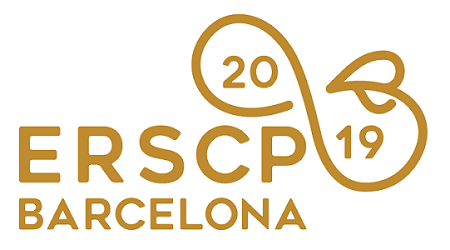Papers Proceedings »
Good business practices for the transition to the circular economy. Case analysis and situation in Spain
The Circular Economy (CE) model seeks to improve the current linear production model to face global challenges such as climate change and resources overexploitation. However, the circular economy approach can be also a framework with a business scope that supports production on the regeneration of products and services from their design to their reincorporation into the productive system. The main goal with CE is to use less resources while maintaining the value of products, limiting at the same time the entry of raw materials and reducing negative externalities to the environment and public health from the linear production model.
To strengthen the transition from a linear to a circular economy, it is important to develop integrated assessment systems able to adapt to different needs and contexts considering the correspondent economic policies, macroeconomic and microeconomic indicators. However, innovation is a key element that enables the incorporation of appropriate technologies, the improvement of production processes and business models, and the integral change on consuming behavior. On the other hand, learning from best practices and key cases can be the best way to move from the linear to the CE model.
A previous research developed during 2016 with the exploration and analysis of most relevant companies working on CE in Spain, resulted in the report “Situation and Evolution of the Circular Economy in Spain” published by COTEC Foundation in 2017. The updated version has to be published in 2019. Previously to the analysis, a new indicator methodology to assess the state and extension of Circular Economy development was developed. The methodology is based in the use of five large groups of indicators: material input, ecodesign, materials use in production, materials use in consumption and waste recycling.
This work provides an overview of the existing best practices and cases on Circular Economy in Spain (including companies of different sizes, non-profit and government organizations) where a growing evolution is observed going from 46 good practices in 2017, to 167 in the current 2019 report. It is worth mentioning that this is a novel approach for Spain, including the theoretical approaches related to the set of indicators used, the identification of key actors, and the successful cases and best practices quantified and analysed.
Finally, our concluding remarks on the state of Circular Economy introduction in the different sectors in Spain are presented, although main barriers are also detailed.
